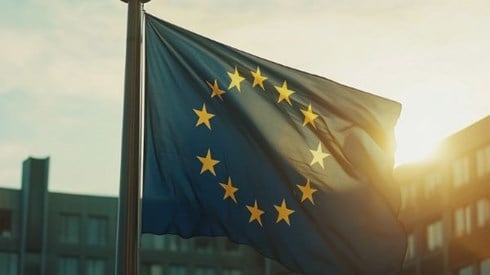Regulatory Shifts Are Reshaping the European Captive Insurance Market

November 13, 2025

European captive insurers continue to demonstrate stability amid shifting regulatory and market dynamics, according to AM Best's new Best's Market Segment Report, "Rated European Captives Continue to Demonstrate Stability in a Volatile Risk Landscape."
The report highlights that captive numbers across Europe are evolving as some countries introduce targeted regulatory incentives encouraging companies to establish new captive insurance companies or redomicile existing ones, per the report. Guernsey and Luxembourg remained the largest domiciles in 2024, each with 197 captives, while both experienced either modest net declines or minimal growth. Smaller or newer domiciles, including France, Switzerland, Sweden, and Malta, recorded net increases.
France experienced the strongest growth following regulatory reforms enacted at the end of 2022, according to the report. New licenses in 2024 included captives for Groupe La Poste, Chantiers de l'Atlantique, Orange, Safran, and Lucien Barrière. Additional approvals were granted in early 2025, and AM Best expects more authorizations before the end of 2026.
The United Kingdom is also pursuing changes aimed at strengthening its position as a captive insurance center, per AM Best. In July 2025, the government announced plans for a bespoke regulatory framework by mid-2027 that would include lower capital requirements, reduced fees, faster authorization processes, and differentiated rules for direct-writing versus reinsurance captives. The framework may also explore the use of protected cell structures, though tax incentives are not included.
Across Europe, AM Best observed that captives expanded their participation during the recent hardening of commercial insurance markets, according to the report. As inflation, geopolitical tensions, and supply-chain issues placed pressure on traditional insurance terms and pricing in 2023 and 2024, many captives increased the coverage provided to their parent companies. Even as commercial markets saw rate moderation and improved capacity in 2025, captives continued to play a central role.
The report notes that captives support parent organizations by offering tailored coverage for significant exposures such as cyber, property, and business interruption, per the report. Many captives have also expanded into newer lines, including directors and officers liability, trade credit, political risk, and certain group life products. In casualty business, captives adjusted their portfolios as US risks remained affected by social inflation while non-US markets showed more competitive conditions.
AM Best said many captives continue to rely heavily on reinsurance to provide the large limits required by parent groups. With generally favorable claims experience, AM Best expects captives to negotiate improved reinsurance terms in the upcoming renewal season, according to AM Best. Previous renewals had been marked by higher attachment points and narrower coverage, especially for liability and catastrophe-exposed risks.
The report also outlines amendments to Solvency II expected to take effect on January 1, 2027, per the report. A key feature is the potential classification of qualifying insurers—including certain captives—as small and non-complex undertakings. Captives may apply for this status if they insure only group risks, limit exposures to individual policyholders, and do not write compulsory third-party liability business. Approved entities would benefit from simplified reporting, governance, and risk management requirements.
While some stakeholders believe regulatory relief could go further, the European Commission aims to balance proportionality with policyholder protection, according to the report.
AM Best's review of European captive ratings shows a stable profile over the most recent cycle, per AM Best. All existing ratings were affirmed with stable outlooks. During the year, new ratings were assigned to captives of Repsol S.A. and Mondelez International, and Eni completed a cross-border merger, which resulted in an updated rating. The report noted that capitalization remains strong across the sector, supported by solid regulatory solvency positions and Best's Capital Adequacy Ratio scores.
AM Best also assesses parent-company influence on captive ratings. All currently rated European captives are single-parent entities, and some receive rating lift or drag based on the credit characteristics of their owner, according to the report.
Overall, AM Best concludes that European captives remain resilient and well-capitalized despite an evolving risk environment, regulatory developments, and changing market conditions, per AM Best.
Copyright © 2025 by A.M. Best Rating Services, Inc. and/or its affiliates. ALL RIGHTS RESERVED.
November 13, 2025
